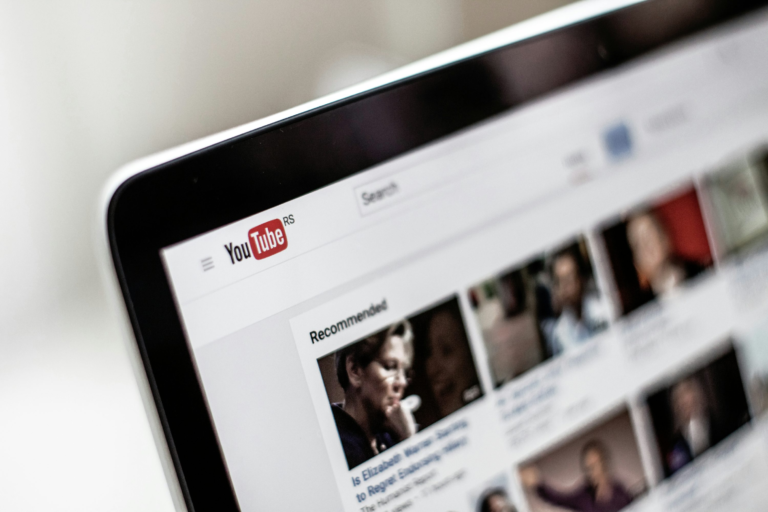The royal family spent over £1 million on helicopter journeys last year and plans to acquire two new helicopters to replace those in use for the past 15 years. Official accounts show that the royals undertook 170 helicopter trips, costing £1,096,300 in total. The overall travel expenditure rose to £4.2 million from £3.9 million the previous year.
Aides defended the extensive use of helicopters, citing the flexibility they provide, easier access to remote areas, and the ability to attend more engagements in a single day. Additionally, the royal family is increasingly utilizing sustainable aviation fuel.
The new AgustaWestland AW139 helicopters, which will replace the older Sikorsky models later this year, are deemed essential for King Charles and the royal family to fulfill their engagements. To justify the replacement costs, there will be a focus on maximizing the use of these new assets.
The most expensive trip was Charles and Queen Camilla’s visit to Kenya in October, costing £166,557, including related staff planning visits. Their three-day state visit to France in September, which included stops in Paris and Bordeaux, cost £117,942.
The royal train remains the most costly mode of transport per mile, with a two-day visit by Charles to North Yorkshire costing £53,013. Aides argue that the train reduces security expenses by providing secure overnight accommodations. There are plans to review its usage since Charles only used it once last year. However, a more regular usage pattern needs to be established before a comprehensive review is conducted.
Other sustainability measures include converting the king’s state Bentleys to run on biofuel within the next year, with plans to eventually switch to electric vehicles. Solar panels have been installed at Windsor Castle for the first time, with future plans to increase their number and introduce air-source heat pumps across the residential estate.
Buckingham Palace is also updating its gas lanterns, which were turned off during the recent energy crisis, with specially designed electrical fittings to maintain their historical appearance while improving energy efficiency.
Of Buckingham Palace’s 523 staff, 11.4% are from minority ethnic backgrounds, up from 9.7% last year, and 53% are female. At Kensington Palace, where the Prince and Princess of Wales employ 66 staff, the gender balance is 67% female and 33% male, with 14% of staff from minority ethnic backgrounds.








